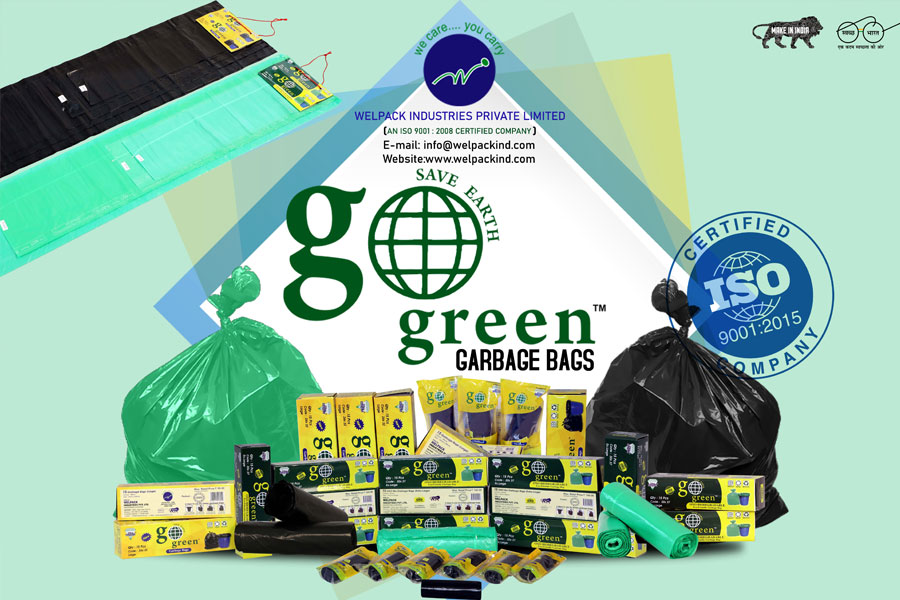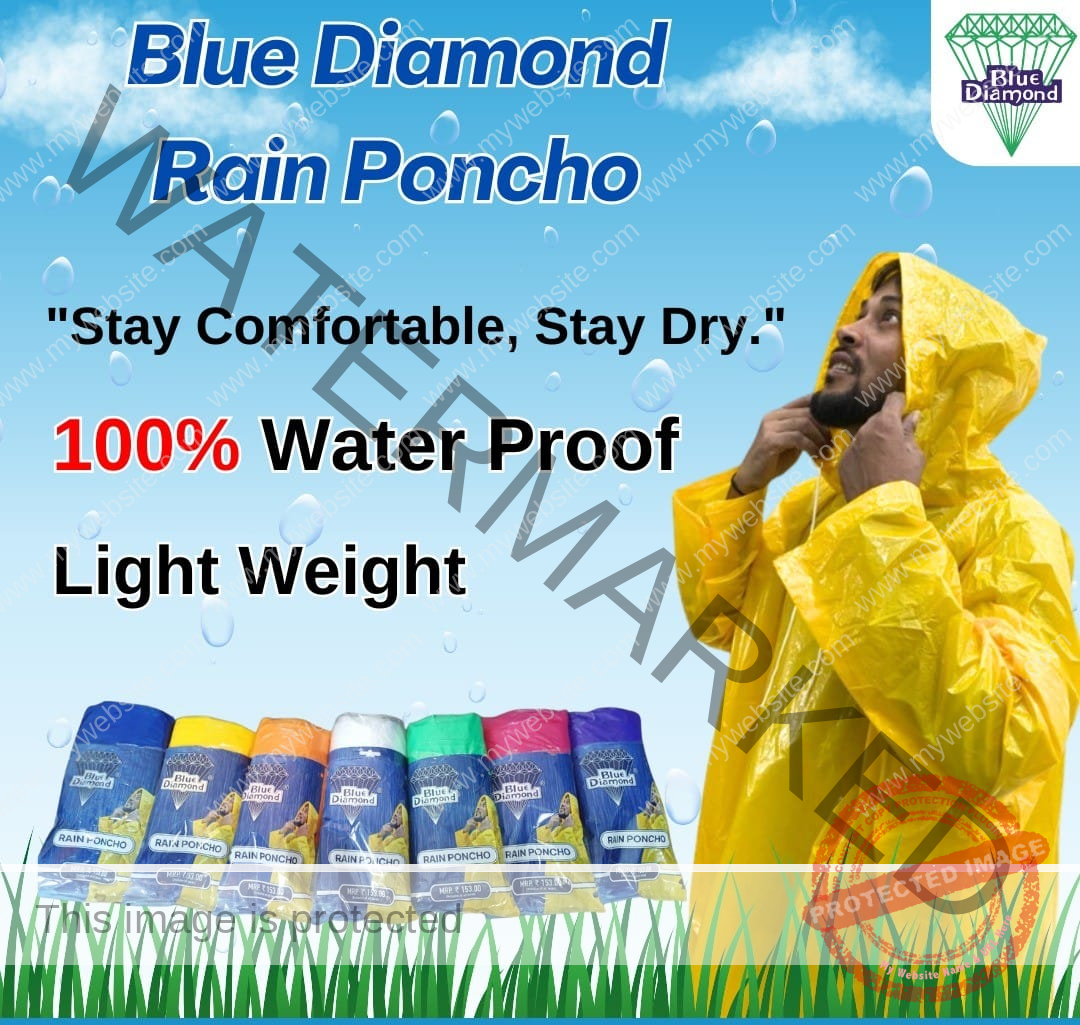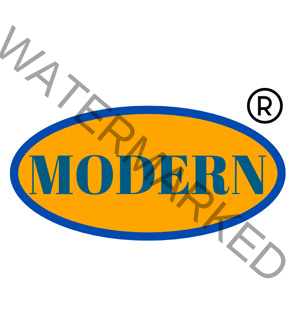How Many Types of Tarpaulin Are There?
Tarpaulins are versatile protective materials widely used in various industries, including agriculture, construction, and recreation. Among the many types available, High-Density Polyethylene (HDPE) and Polyethylene (PE) tarpaulins are the most commonly used. Each type offers unique properties and advantages suited to different applications. Here, we explore these two main types in detail.
HDPE Tarpaulins
- Material Description:
- HDPE tarpaulins are made from high-density polyethylene fibers, which are known for their strength and durability. These tarpaulins are woven from HDPE strips and then coated or laminated with additional layers of HDPE for waterproofing and UV protection.
- Key Features:
- Durability: Exceptionally strong and resistant to tearing.
- Water Resistance: Naturally waterproof, making them ideal for outdoor use.
- Chemical Resistance: Resists oils, acids, and other chemicals.
- UV Protection: Often treated for extra resistance against UV rays, preventing degradation by sunlight.
- Common Uses:
- Used in applications that demand high durability and protection against harsh environmental conditions, such as truck covers, roofing, construction sites, and agricultural uses.
PE Tarpaulins
- Material Description:
- Polyethylene tarpaulins, commonly referred to as PE tarpaulins, are made from a lower density polyethylene. They are typically less rigid and somewhat more flexible than HDPE tarpaulins.
- Key Features:
- Flexibility: More pliable than HDPE, which makes them easier to handle and install.
- Waterproof: Fully waterproof, suitable for applications requiring moisture protection.
- Lightweight: Easier to transport and set up, ideal for temporary use.
- Cost-Effective: Generally cheaper than HDPE tarpaulins, providing a budget-friendly option for a wide range of uses.
- Common Uses:
- Often used for temporary applications such as coverings at events, temporary shelters, ground covers for camping, and as covers for garden equipment.
Choosing Between HDPE and PE Tarpaulins
When selecting a tarpaulin, consider the following factors to determine whether HDPE or PE is more suitable for your needs:
- Duration and Frequency of Use: Choose HDPE for long-term and frequent use due to its durability. Opt for PE when you need a tarpaulin for short-term or less frequent use.
- Environmental Exposure: If the tarpaulin will be exposed to harsh weather conditions or intense sunlight, HDPE’s UV and weather resistance make it a better choice.
- Budget Constraints: If cost is a major concern, PE tarpaulins offer a more economical solution.
- Specific Application Requirements: Consider the specific requirements of your application, such as the need for chemical resistance or extreme durability, which may make HDPE the preferred option.
Conclusion
HDPE and PE tarpaulins are the primary types available in the market, each serving different purposes based on their material properties. Understanding the differences between these tarpaulins can help you make an informed decision about which type best fits your specific requirements.







